Have you ever popped in to your local soccer gear store and wondered why soccer ball prices are so inflated?
Well, they are expensive for good reason.
Soccer balls command a high retail price point due to the combination of higher quality raw materials used as part of their design, and the more advanced construction techniques that give these balls enhanced durability plus a greater feel for the end user.

Want to test your knowledge on soccer ball care?
Take the quiz by clicking the button below and see just how informed you truly are!
Note - You'll need to enter your email address to see the final results.

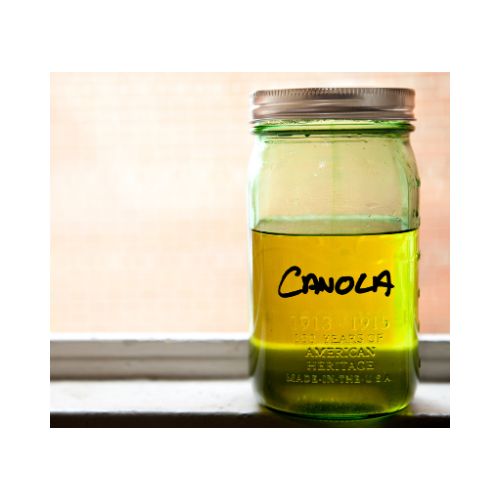
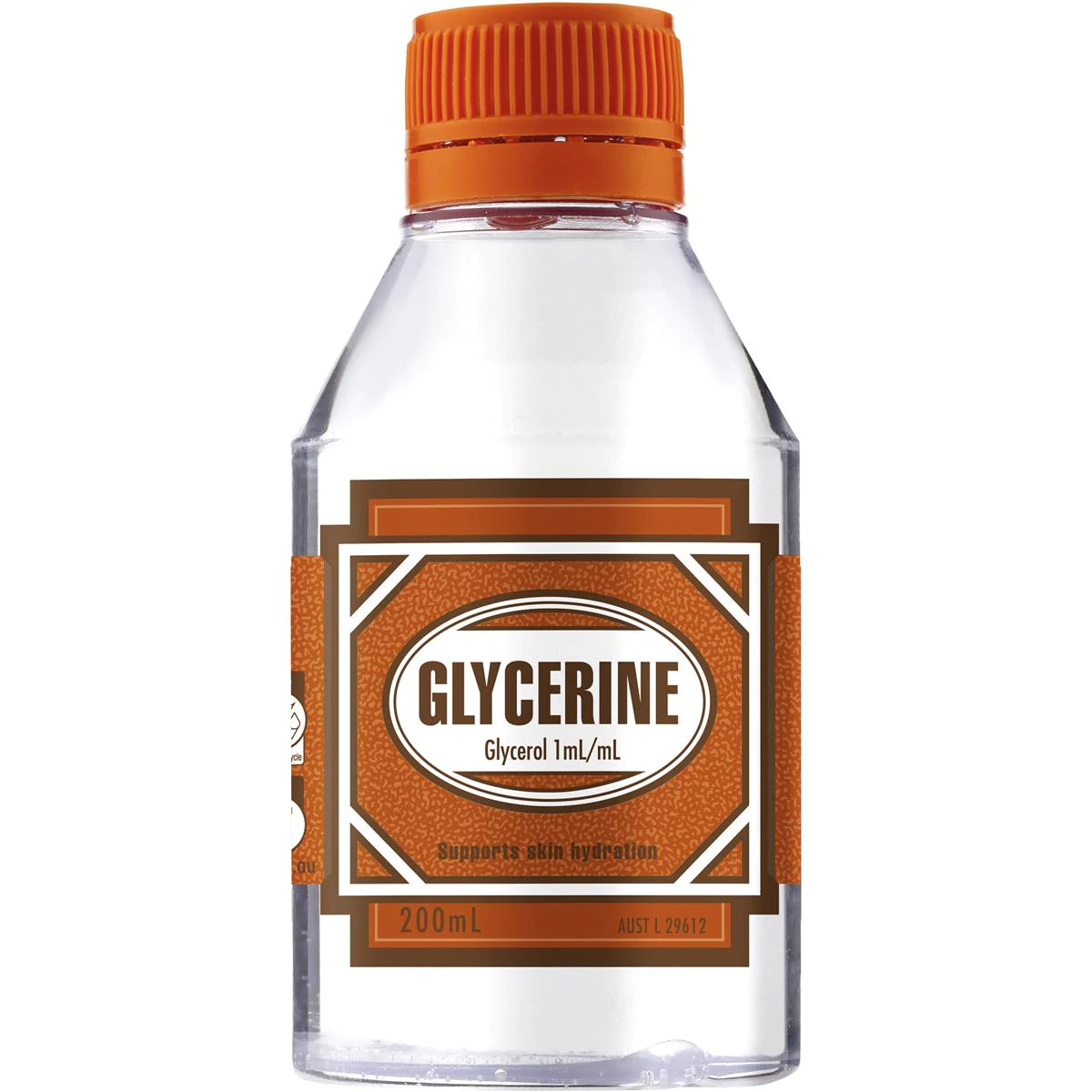



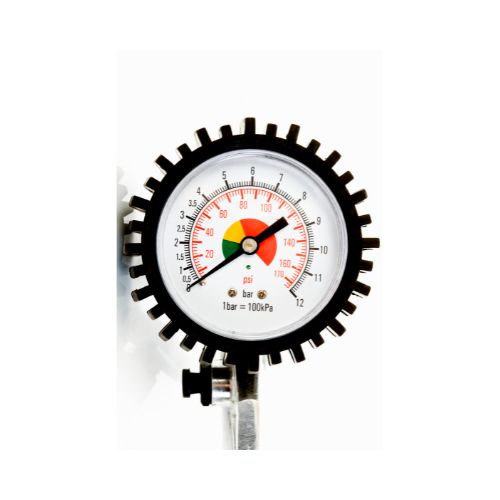

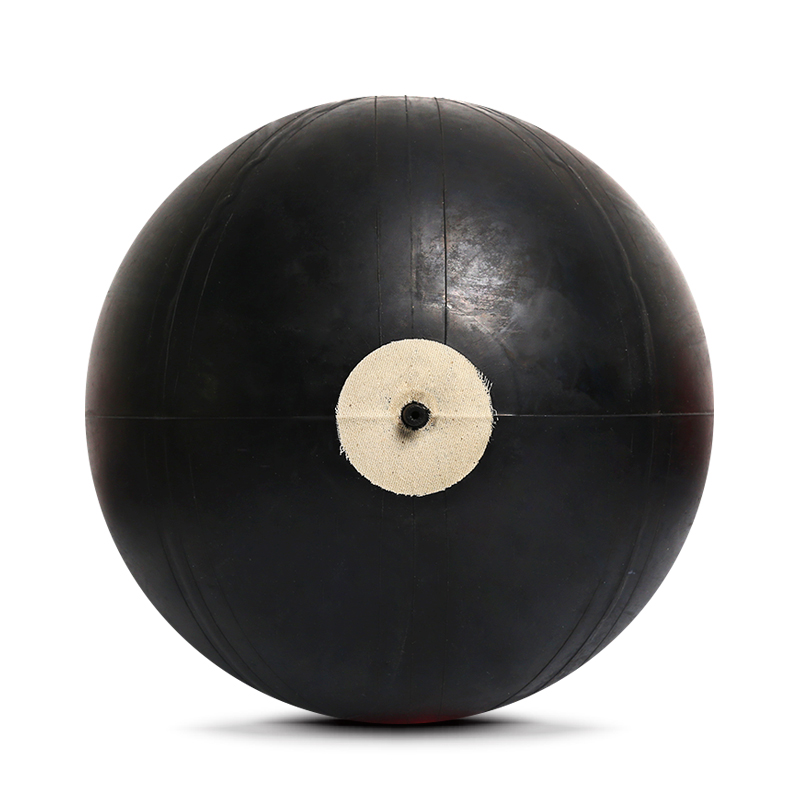

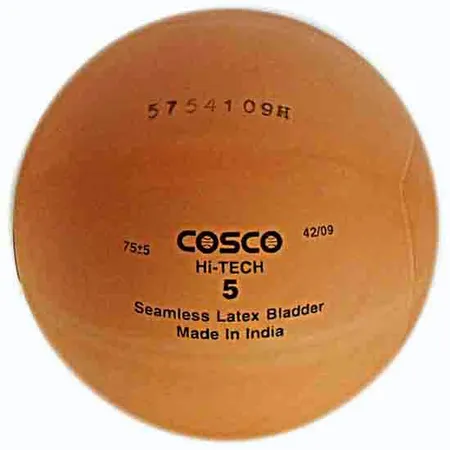

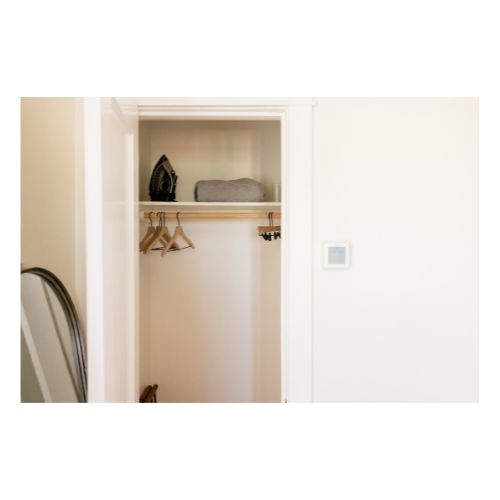
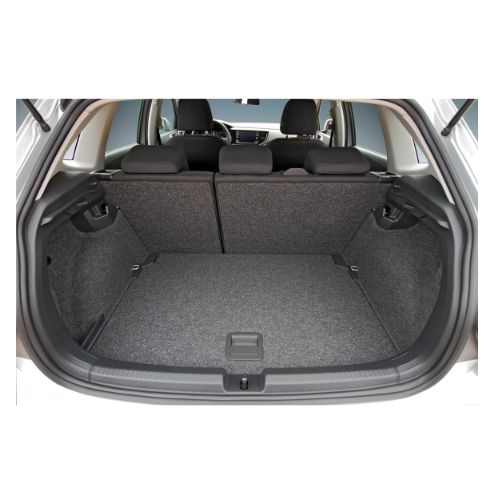
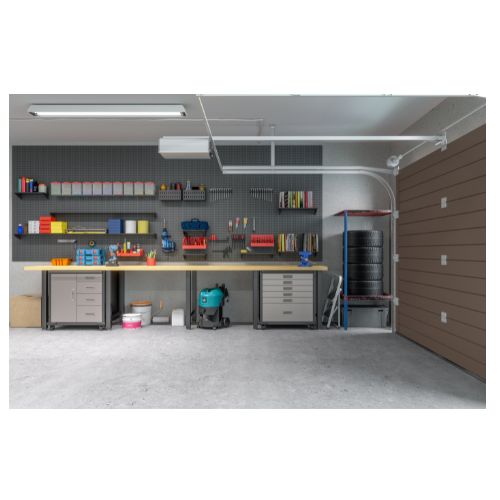





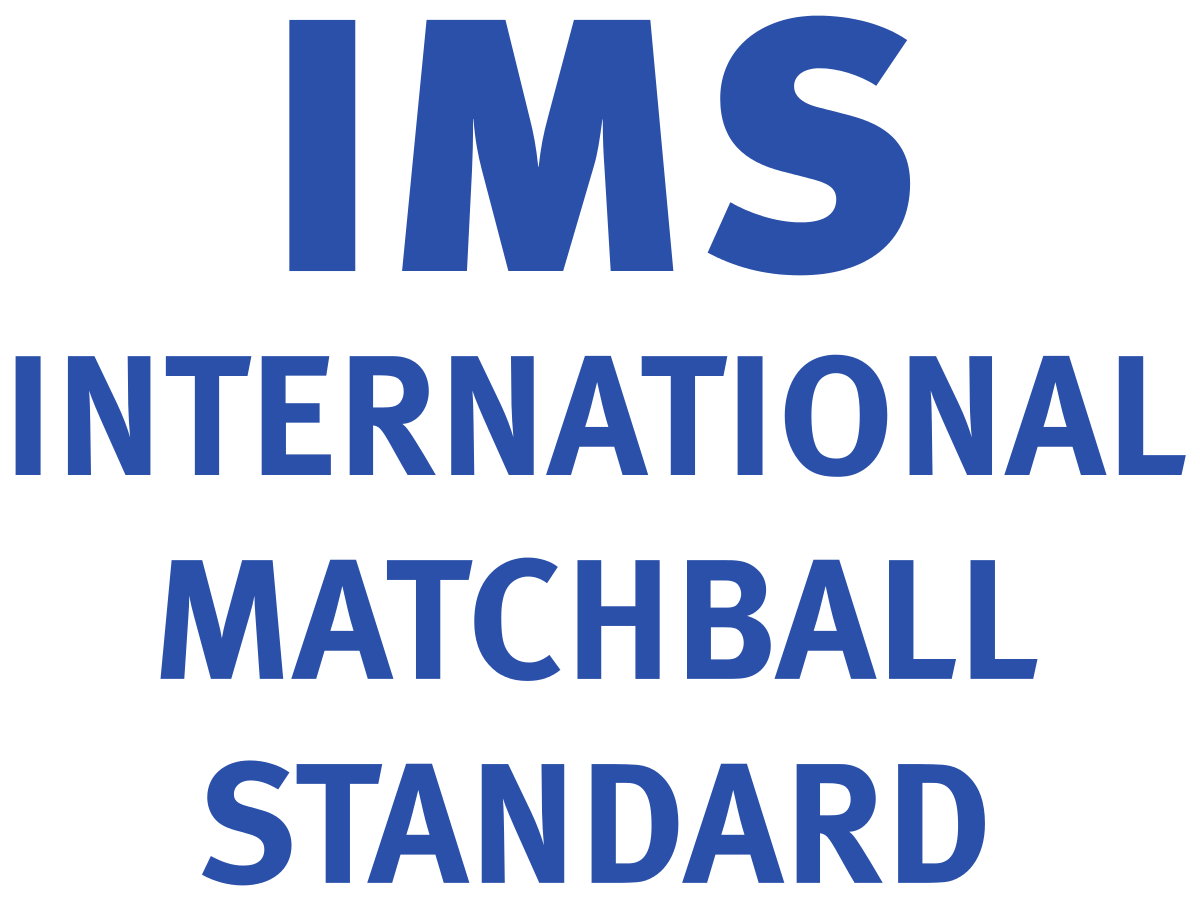



Reasons for soccer balls being expensive
Now the answer that you’ve just read in the paragraph above might sound a little unclear.
So, I’m going to take the time fully to expound upon what I mean.
Let’s get started.
1. Better outer material construction
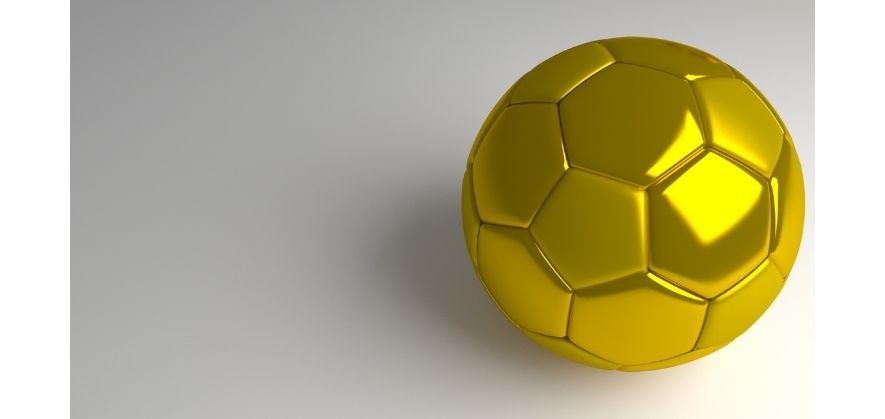
It’s quite difficult to pinpoint discernible differences in the quality of two identical soccer balls just by simply looking at them side by side.
But if you take a closer look at the fine print, you’ll start to see why one is more economically-priced than the other.
This is because the top tier soccer balls are made from a higher specification of material that goes by the name of polyurethane.
Conversely, the bargain bin soccer balls are either fully comprised of polyvinyl chloride (PVC) or partly diluted by a mix of PVC and polyurethane.
Despite the fact that PVC is a cheaper and more durable material to use for soccer ball manufacturing, its counterpart polyurethane provides a softer touch for outfield players when they receive, pass and shoot, along with strengthening natural grip for goalkeepers with regard catching.
2. Multiple inner lining layers
As a starting point, have a brief think about two glass windows.
Imagine that one of them is coated with an extra sheet of safety film that extends its overall thickness, whilst the other just has a single layer of glass.
I don’t think I need to tell you which window is more likely to break from an external force.
Related: check out the post I wrote on whether soccer ball strikes can break windows for further insight on this.
This example applies similarly to cheap and expensive soccer balls too!
Essentially, the inner lining of soccer balls exist to help them retain their spherical shape when kicked.
Because the lower-priced balls typically contain only one or two inner layers of single cotton or polyester material, they are more difficult for players to control and manipulate.
On the other hand, the expensive soccer ball options generally comprise of a large number of inner cotton and polyester hybrid layers that make shape retention much easier and provide better sensitivity to player shooting actions like curving and slicing.
3. Latex bladder
Ball bladders are another component of soccer balls that help with overall product longevity through things like:
- Air pressure retention
- Bounce and flight
- Shape and weight
The high end balls use latex bladders as they are softer and provide greater bounce than the butyl bladders found in cheaper ones.
4. Advanced stitching
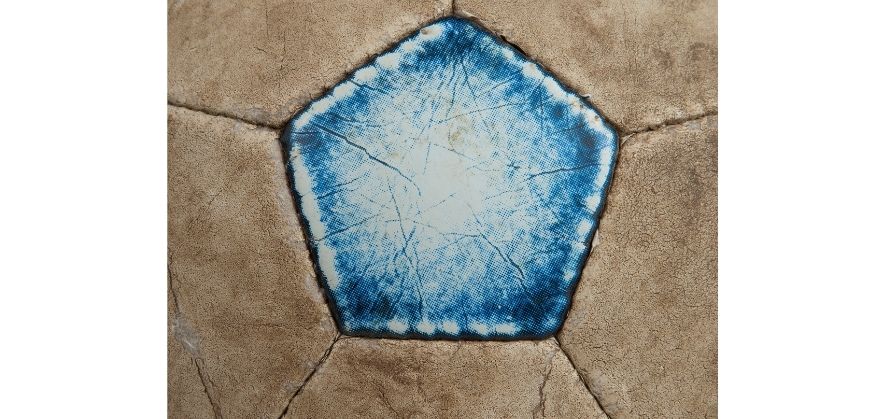
Finally, your average soccer ball is stitched together using a water resistant polyester material.
But for those spending the big bucks, they may acquire a thermally bonded ball that features no stitching.
As these more expensively assembled balls have their pentagonal and hexagonal panels thermally glued and bonded using heat, they soak up much less moisture and maintain original weight much easier when used on a wet surface.
What is the most expensive soccer ball?
So far, I’ve talked about why soccer balls are so expensive by highlighting where their value comes from.
But I’m going to go on a slight tangent here and answer the following question.
Just how expensive is the most expensive soccer ball in existence?
Well in 2012, a South African jeweller called Yair Shimansky designed a fully diamond-coated ball that is worth an estimated 2.59 million dollars!
That’s exceedingly more than the cost of manufacturing a microchip-embedded soccer ball, even though these chips are expensive to design!
Coming in at total carat weight of 3,500, it contained 6,620 white and 2,640 black diamonds.
Are expensive soccer balls worth it?
Throughout this article I’ve shown you that expensive soccer balls offer a couple of distinct advantages over budget friendly alternatives.
At the end of the day, you want to feel good when you play the sport.
And one great way to do exactly that is by purchasing a higher-priced soccer ball that bounces better; is softer to hold and moves more aerodynamically in the air when struck.
So, go ahead and buy yourself a deflated soccer ball; pump it up and then enjoy the game!
Related articles: check out the soccer balls that the pros use and how much a soccer ball costs
Final thoughts
In conclusion, soccer balls are expensive to buy but they give end-users a number of benefits in exchange for the high price.
But there’s a market for every type of consumer here.
People shouldn’t feel pressured into buying a ball that’s more expensive, because these days even the more affordable options are of good quality too.
Finally, before you go, you should check out our eBook on Soccer Ball Care.
Within this monster of a resource, we tackle all there is to know about looking after a soccer ball and maximising its useful life right from when you purchase this type of product.
This eBook covers a plethora of different topics, such as:
- soccer ball construction;
- inflation and pressure management;
- cleaning and maintenance;
- soccer ball storage; and
- how to extend the useful life of your ball
In just a couple of hours, you’ll have more knowledge on what is good and bad for your soccer ball than you could ever fathom!
You’ll learn how to inflate your soccer ball to the correct level of air pressure based on the size of ball you have, as well as know how to clean and store your soccer ball properly after games.
But I don’t think there’s anything better than being able to effectively troubleshoot problems with your soccer ball and fix them yourself!
So, you can finally take care of your soccer ball for many months to come, which without a doubt will save you time and money as won’t be searching for and buying a replacement any time soon.
With just one click…
Grab yourself a copy right now for only $29!
If you enjoy the content that I create and would like to buy me a coffee, then I’d really appreciate it!
Any money that I earn through this donation will be re-invested into more content for this website.
Additionally, by sending in a donation you’ll also receive a copy of my recently released 190+ page eBook on Soccer Ball Care, as well as be subscribed to our mailing list where you’ll be regularly informed on the latest developments concerning the Soccer Whizz blog.
- Future Icons: Europe’s Emerging Midfield Maestros Set for Glory - December 4, 2023
- Kickstarting a Revolution: How Soccer Transformed the United States Over the Last Four Years - October 7, 2023
- 4-1-4-1 Soccer Formation [Analysis] - September 23, 2023


